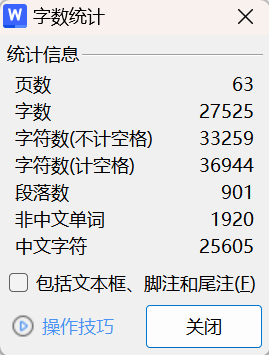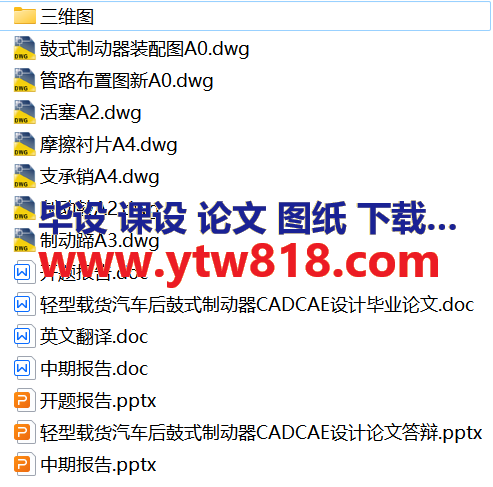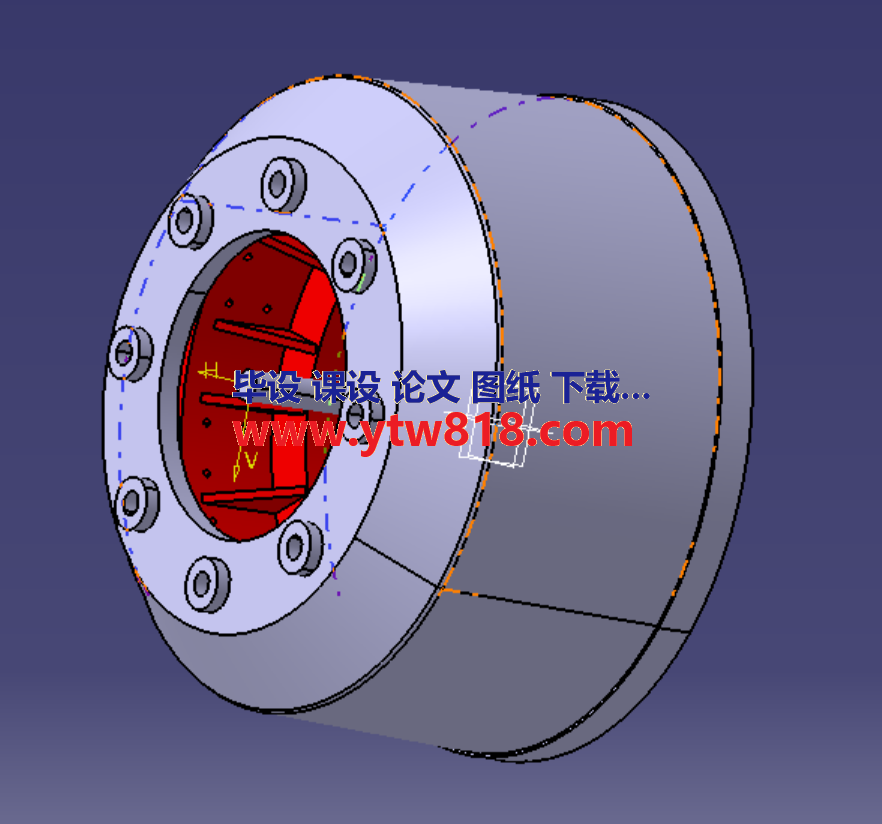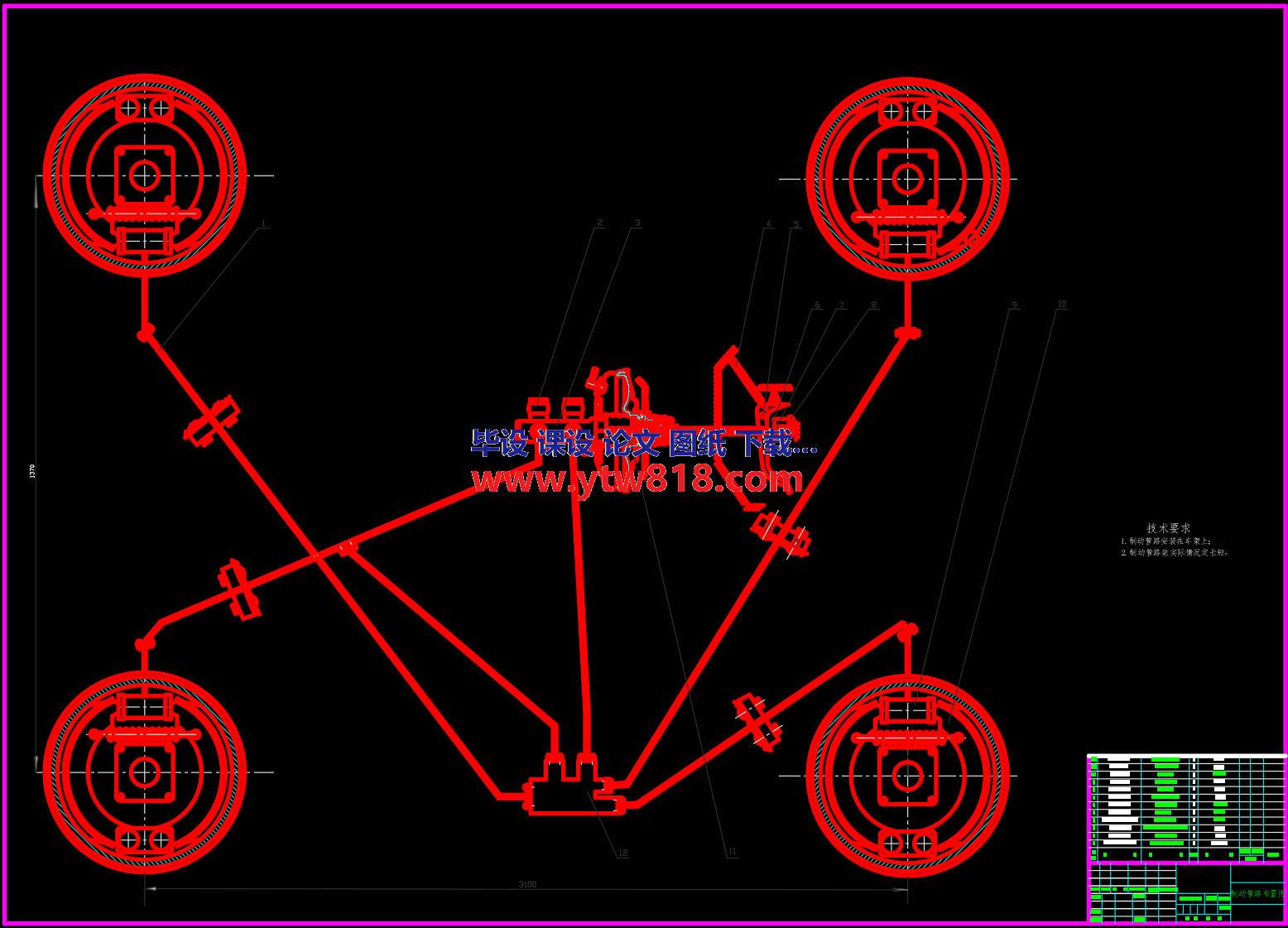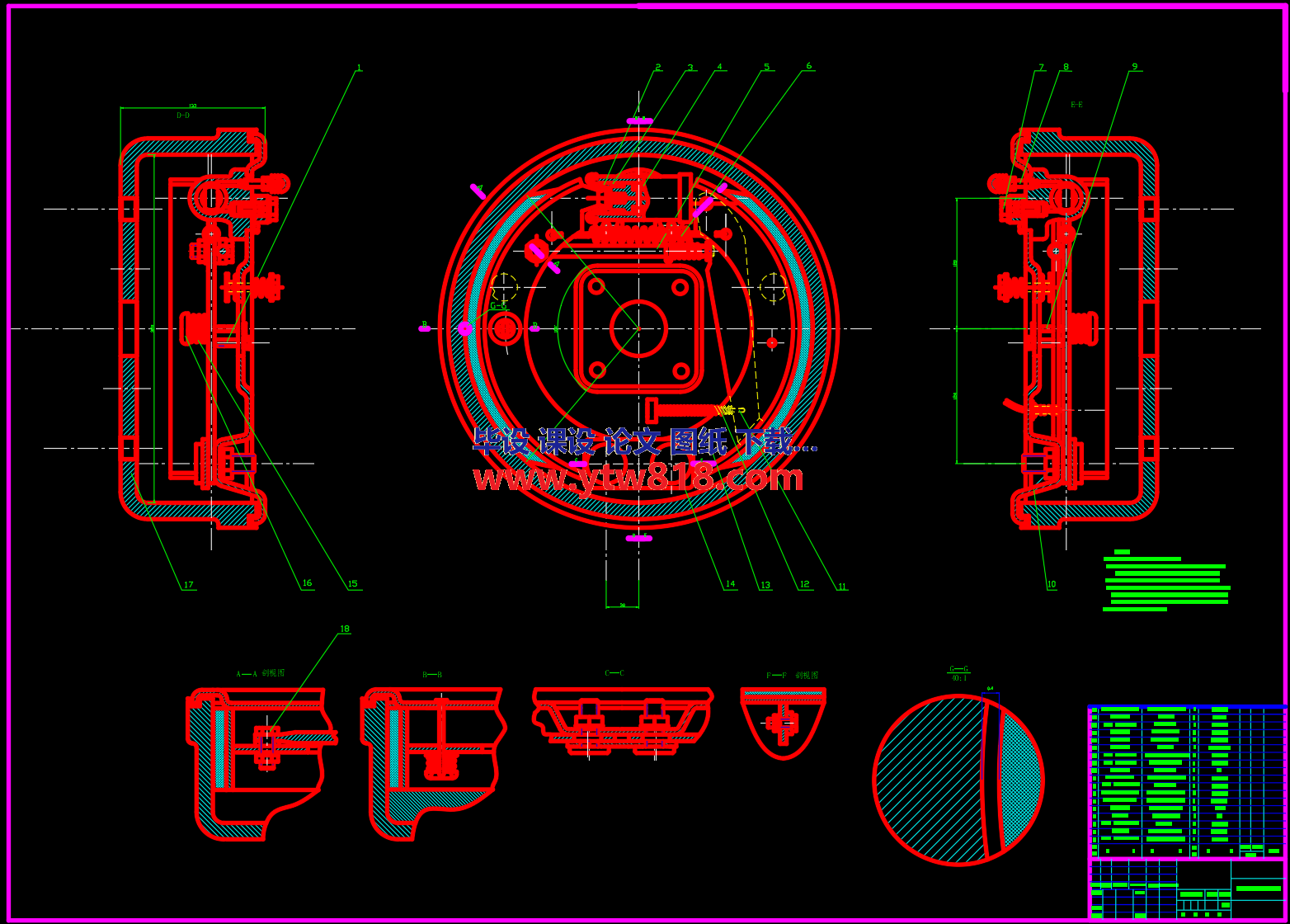
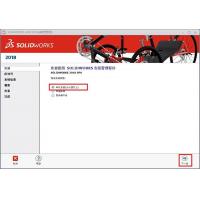 solidworks2018 中文版¥0
solidworks2018 中文版¥0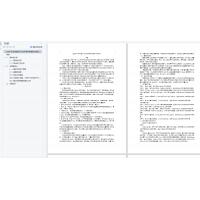 CA6140车床拨叉831006零件夹具设计说明书——9页...¥0
CA6140车床拨叉831006零件夹具设计说明书——9页...¥0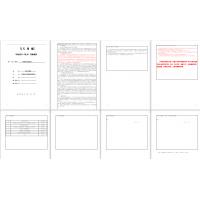 机械设计制造及其自动化毕业设计(论文)开题报告...¥0
机械设计制造及其自动化毕业设计(论文)开题报告...¥0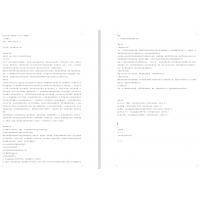 XX大学理工类毕业设计(论文)开题报告——自行车配件管理系统...¥0
XX大学理工类毕业设计(论文)开题报告——自行车配件管理系统...¥0 课程设计 CA6140车床拨叉831002的加工工艺及钻φ25孔的钻床...¥0
课程设计 CA6140车床拨叉831002的加工工艺及钻φ25孔的钻床...¥0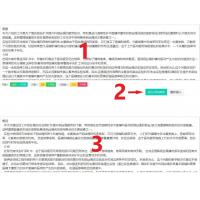 毕业设计辅助工具_免费在线论文文案文章修改神器_毕业设计辅助软件_AI...¥0
毕业设计辅助工具_免费在线论文文案文章修改神器_毕业设计辅助软件_AI...¥0 补价¥1.00
补价¥1.00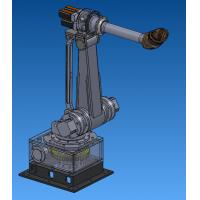 六自由度工业机器人设计【说明书(论文)+CAD图纸+SolidWork...¥45.00
六自由度工业机器人设计【说明书(论文)+CAD图纸+SolidWork...¥45.00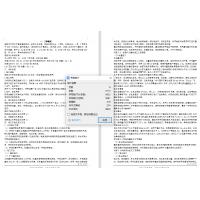 陈家沟桥梁施工组织设计方案.doc...¥0
陈家沟桥梁施工组织设计方案.doc...¥0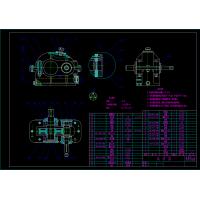 一级减速器成套CAD图【22CAD】...¥37.00
一级减速器成套CAD图【22CAD】...¥37.00轻型载货汽车后鼓式制动器CAD/CAE设计
汽车制动既能使行驶中的汽车减速,又能使车辆能稳定地停驻在原地不动。随着现代社会的发展,汽车的保有量越来越多,并且随着汽车技术的发展,高速公路的增加以及汽车行驶速度的提高,汽车的制动性越来越重要。汽车的制动性是汽车的主要性能之一,制动性直接关系到交通安全,重大交通事故往往与制动距离太长、紧急制动时发生侧滑等情况有关,而良好的制动性能,可以化险为夷,避免交通事故。所以汽车的制动性是汽车安全行驶的重要保障。
本次论文通过对轻型载货汽车后鼓式制动器的CAD/CAE设计,详细地对制动系统进行了阐述。首先根据设计任务书上提供的整车制动参数绘制出理想制动力分配I曲线,利用图像法确定空载和满载状态的同步附着系数,然后计算出制动器制动力分配系数,绘出β曲线,初步选择合适的制动力分配系数。通过设计经验对制动器的结构形式进行选择,绘制并验证利用附着系数与制动强度的关系曲线。对制动器主要零部件的结构进行设计与强度计算,选择与设计制动驱动机构的结构型式。对制动器主要零部件如制动蹄进行有限元分析,校核了强度。
在本次设计中,轻型载货汽车选择了真空伺服鼓式制动器,确定了轻型载货汽车的同步附着系数、制动器最大制动力矩,制动器因数等参数。通过对制动鼓和制动蹄进行ANSYS有限元分析,结果显示其应力应变均处在允许范围内,并且适当的减少了制动蹄的材料,以减轻簧下质量,提高行驶平顺性。
关键词:轻型载货汽车;制动系统;制动器;有限元分析
The brake of the car can make the car slow down and keep the vehicle stable and stopping in place. With the development of modern society, the number of car ownership is increasing, and with the development of automobile technology, the improvement of highway and the increase of vehicle speed, vehicle brake become more and more important. The braking performance is one of the main properties of the car, the brake related to traffic safety directly, many traffic accidents just because the braking distance is too long, and emergency braking sideslip, and good braking performance can save and avoid the traffic accidents. So the vehicle brake is the important guarantee for the safe driving of the car.
In this paper, through the CAD/CAE design of rear drum brake light duty vehicle, the braking system are described in detail. First of all, draw the ideal brake force distribution curve I according to the braking parameters provided by the design task book, using the least square method to determine the synchronous adhesion coefficient of no-load and full-load condition, then calculate the brake force distribution coefficient, draw the curve β, and select the appropriate brake force distribution coefficient initially. Select the structure form of the brake by design experience, draw and verify the curve of utilization of attachment coefficient and brake strength. Do the design and strength calculation to the main components of the structure of the brake, select and design of the brake drive mechanism. Have the finite element analysis to the main parts of the brake such as the brake shoes, and checking the strength.
In this design, the light-duty vehicle chooses vacuum servo brake and determines the synchronous adhesion coefficient, brake maximum braking torque and brake factor and other parameters of light truck. By ANSYS finite element analysis of brake drum and brake shoes, the result shows that the stress and strain are in allowable range, and by reducing the brake shoe materials appropriately, can reduce unsprung mass and improve ride comfort.
Keywords: light duty vehicle, the braking system, brake, finite element analysis
………………
